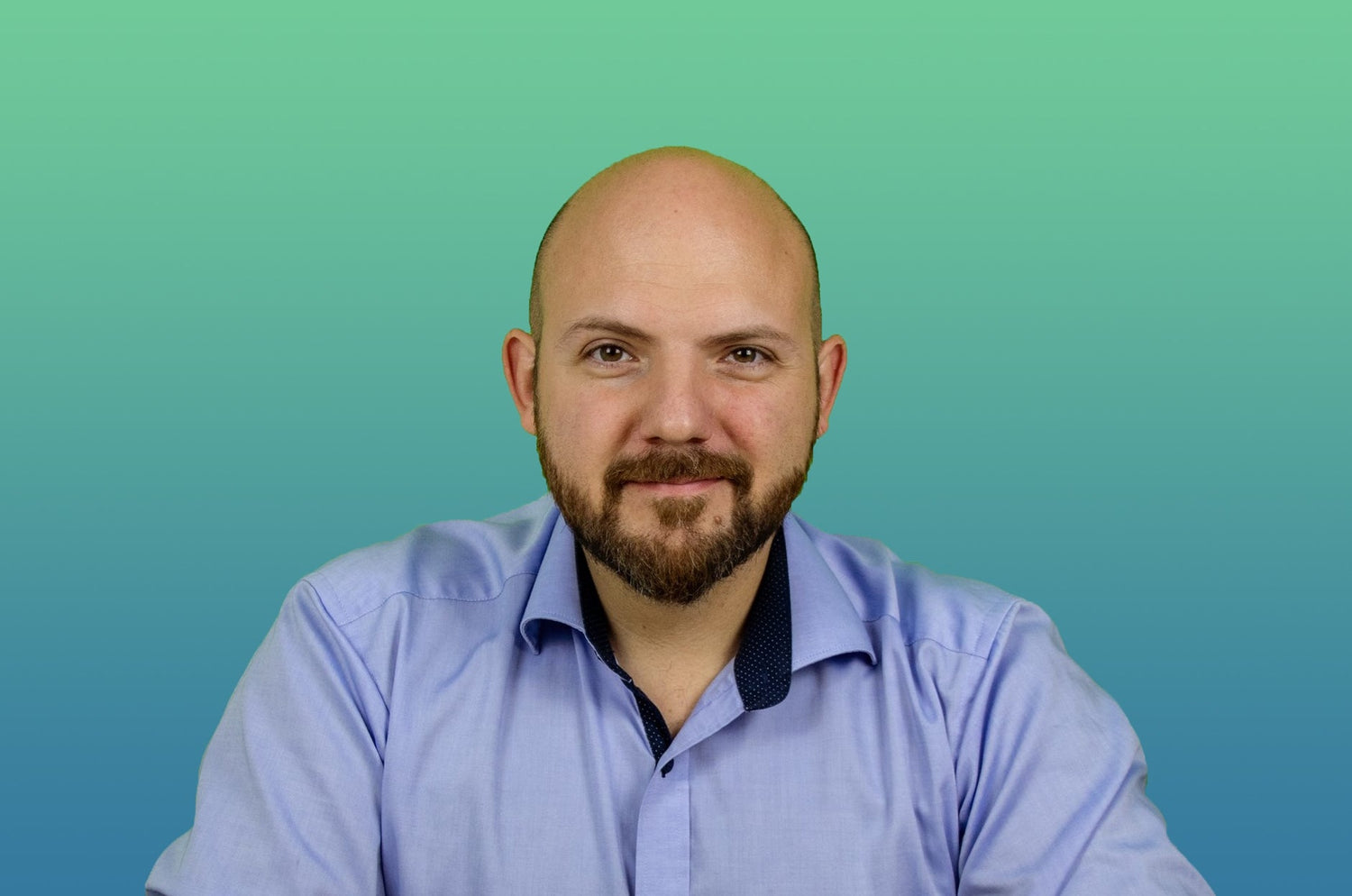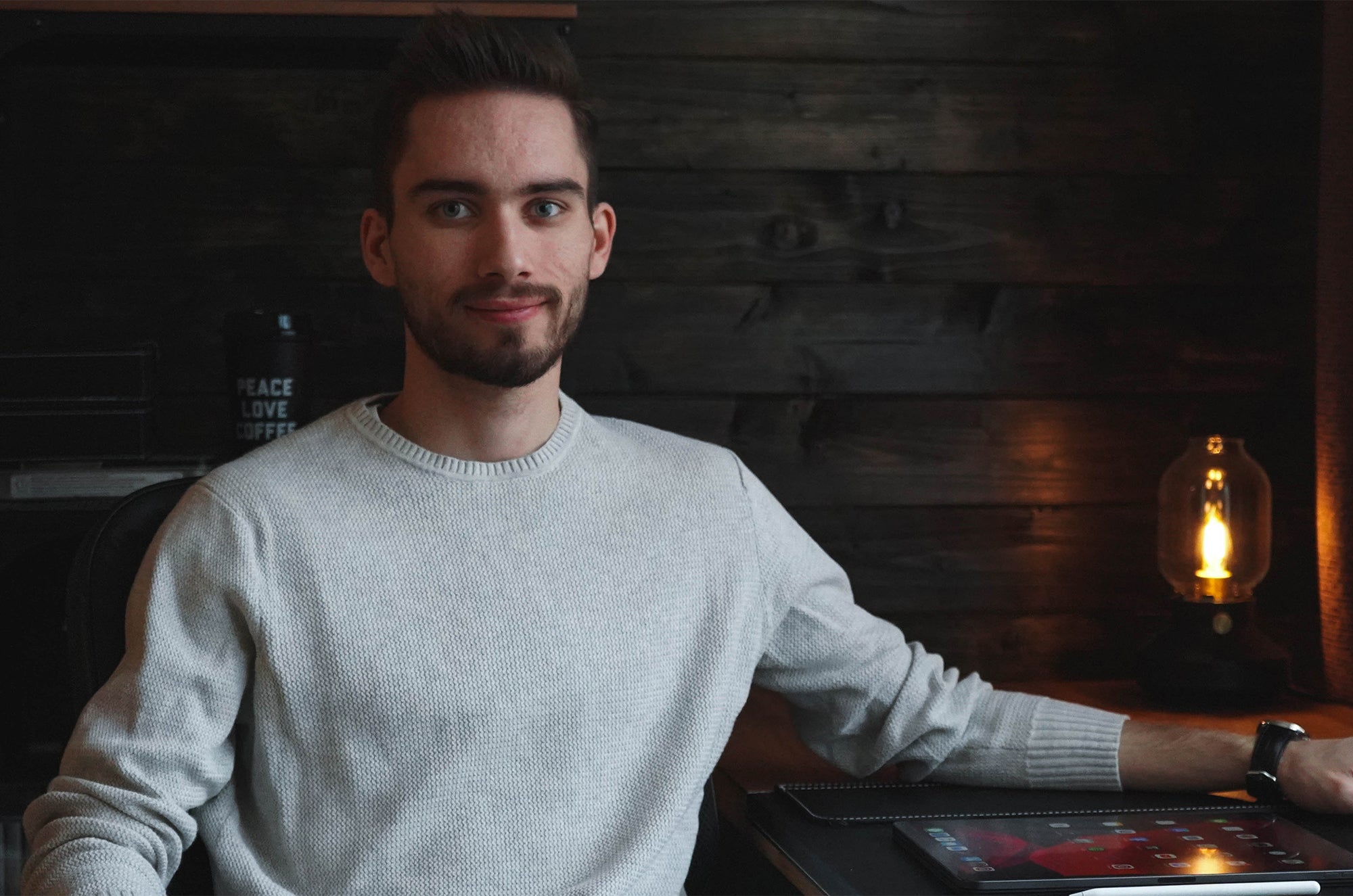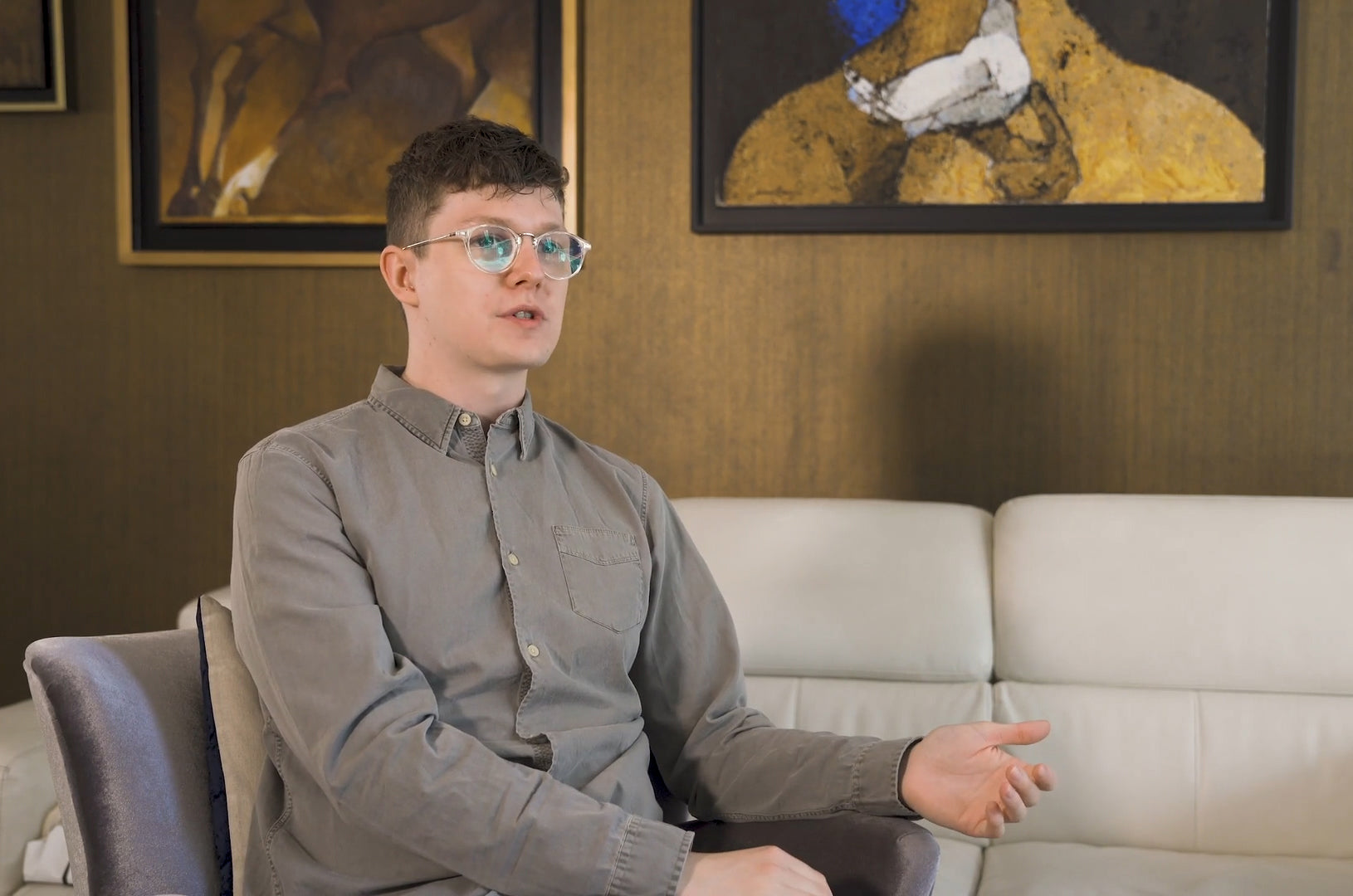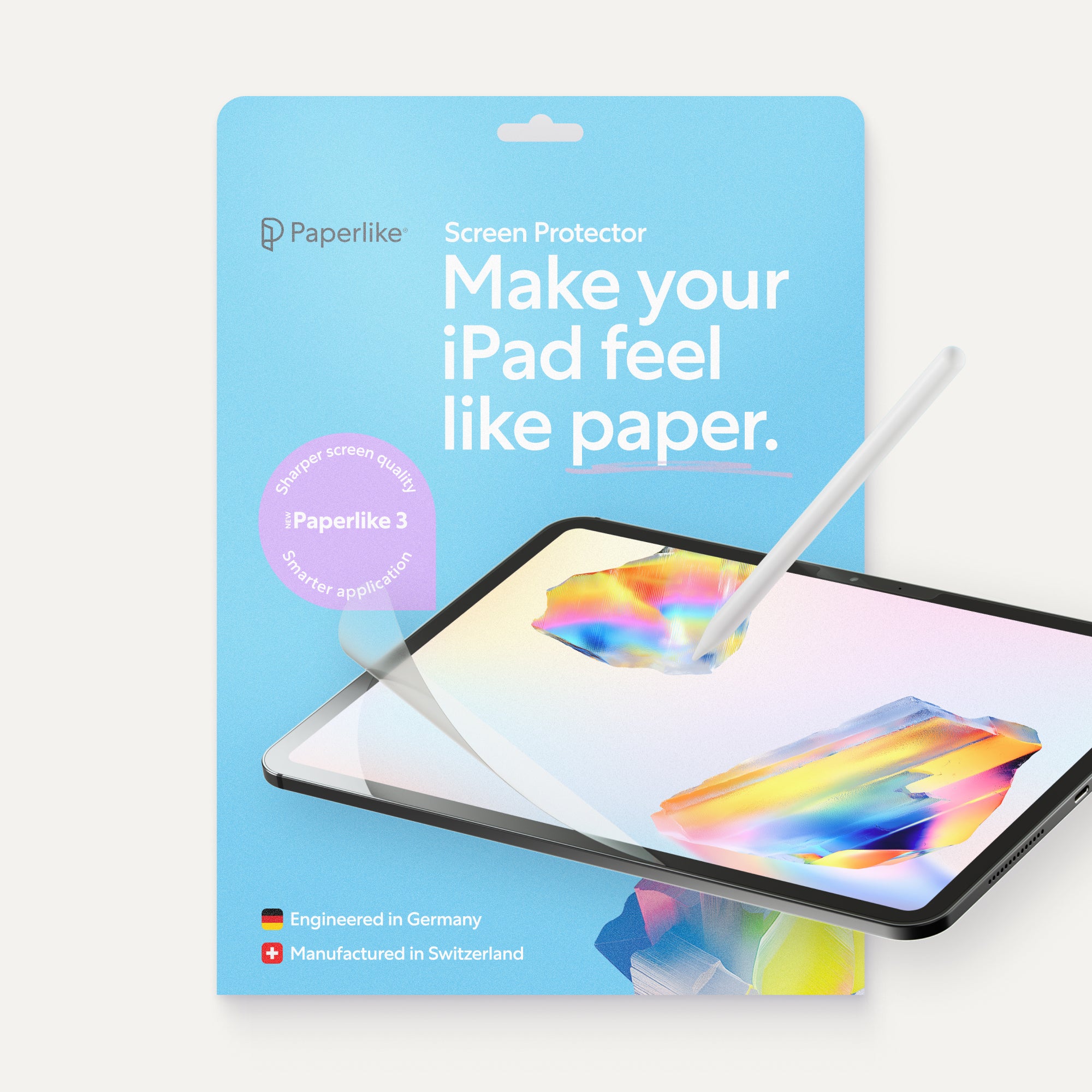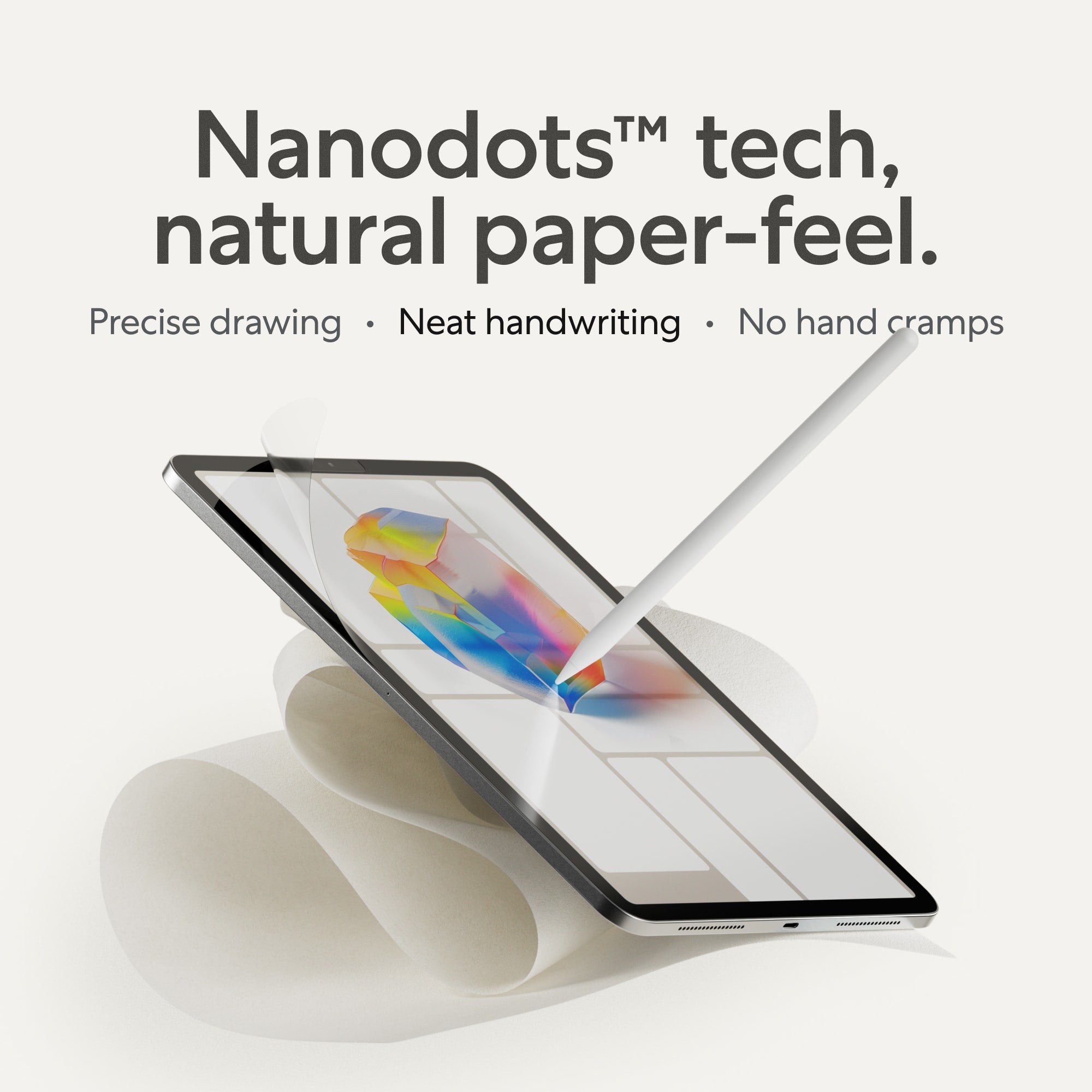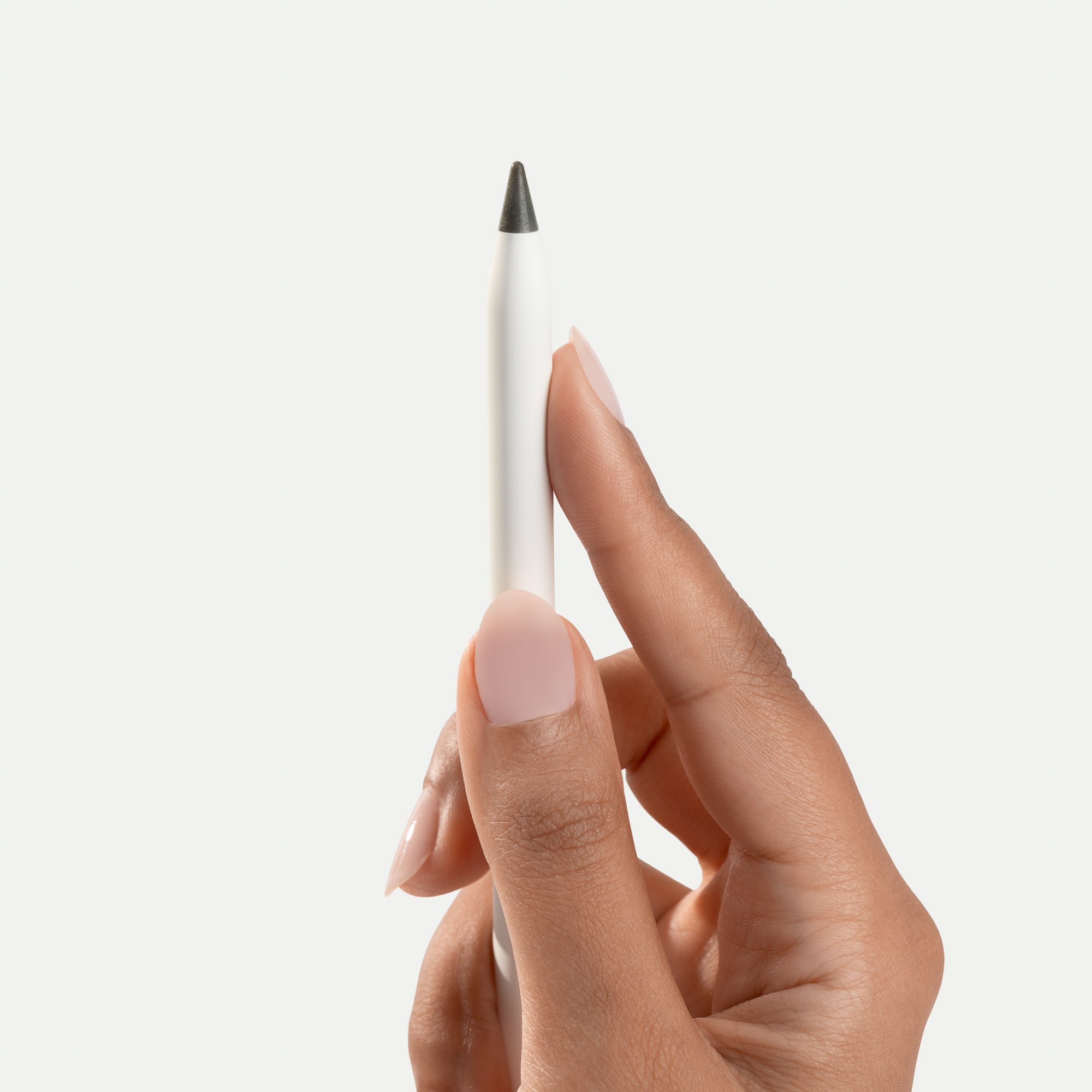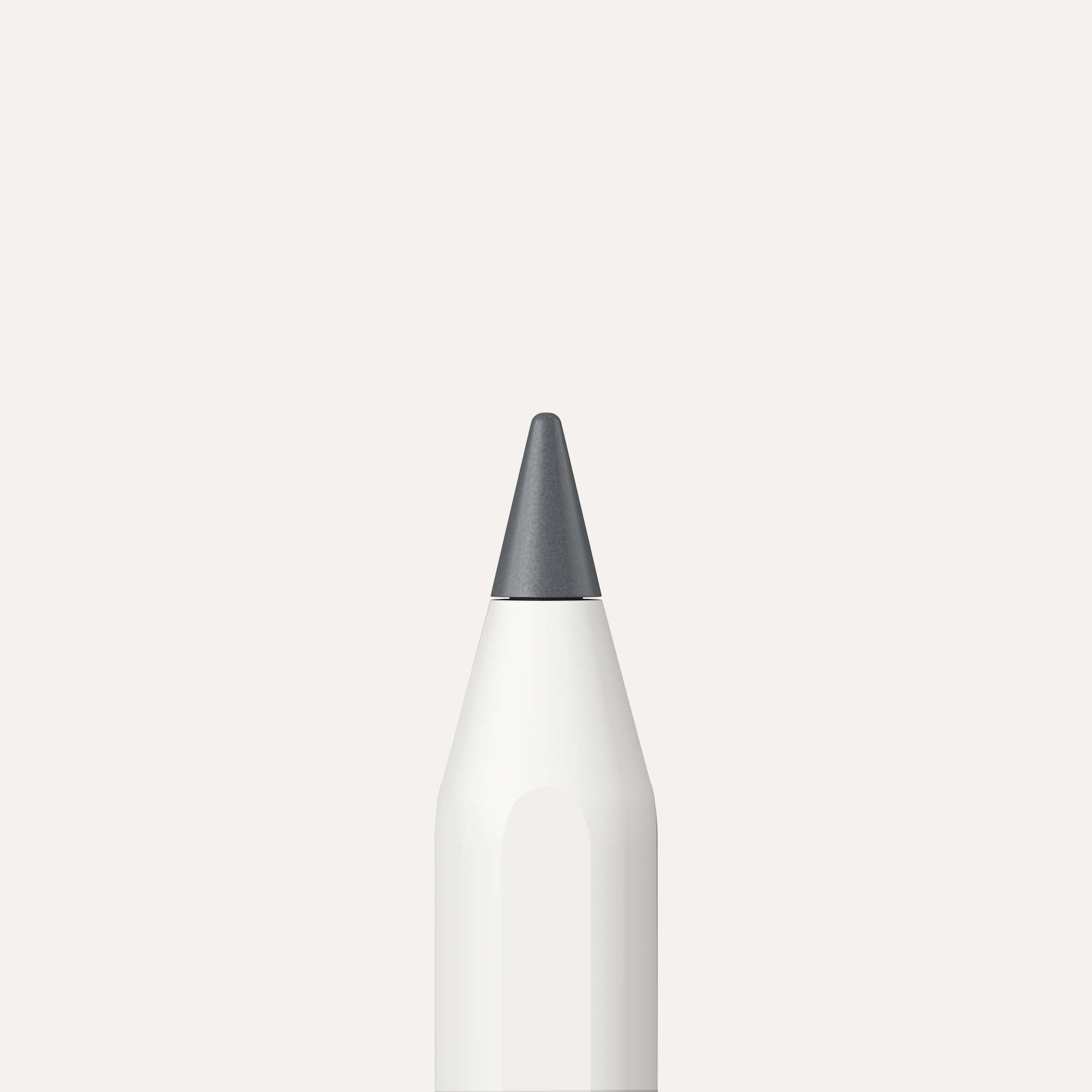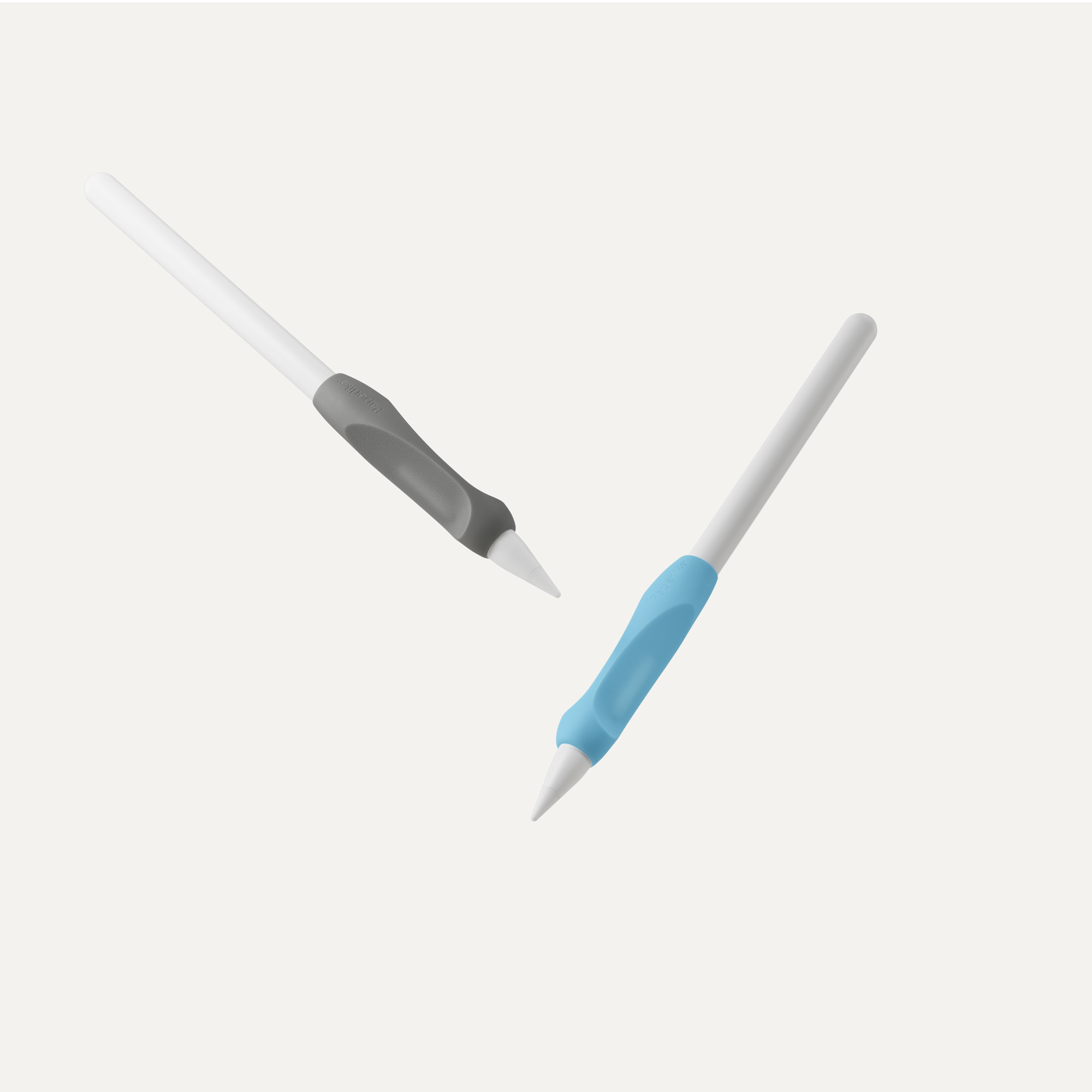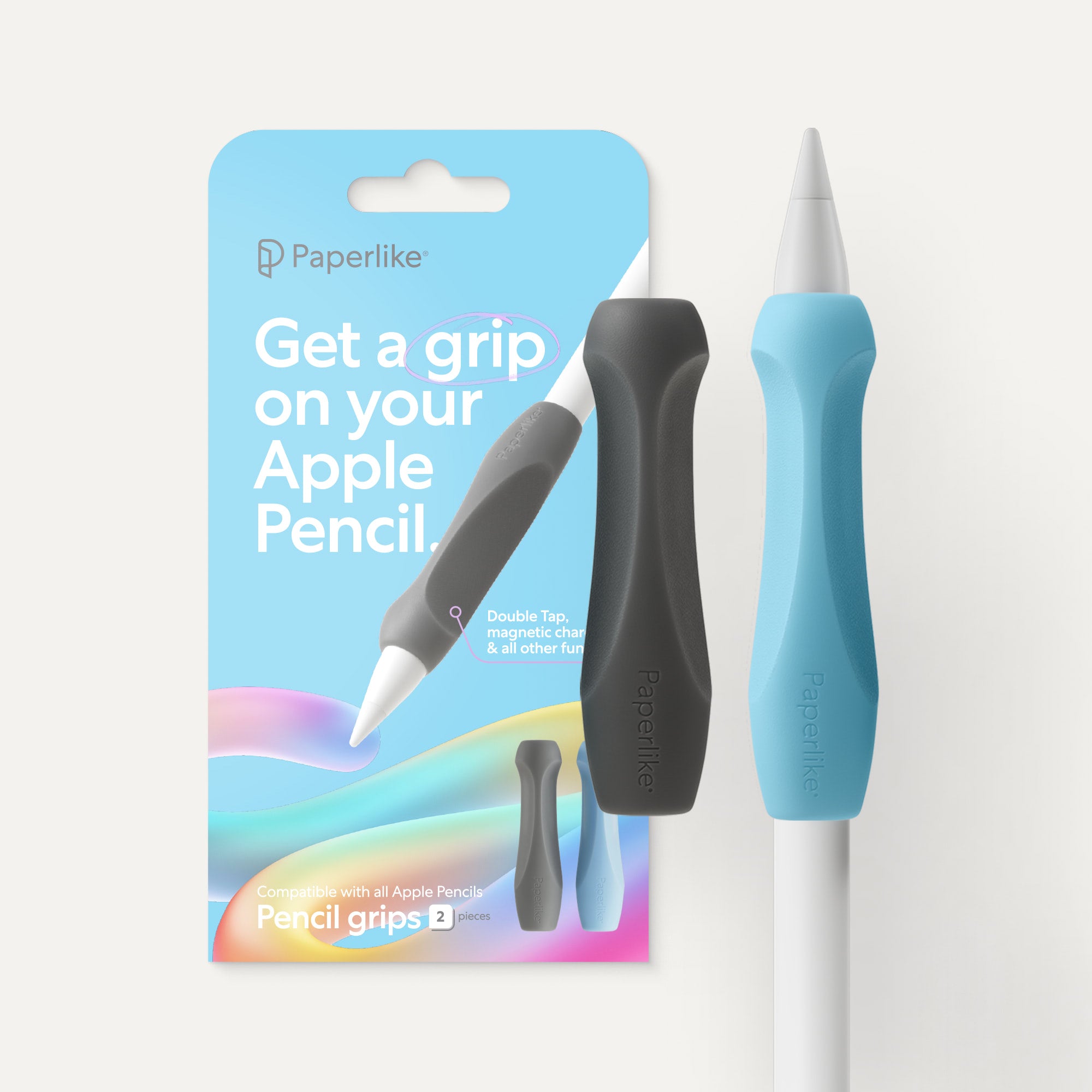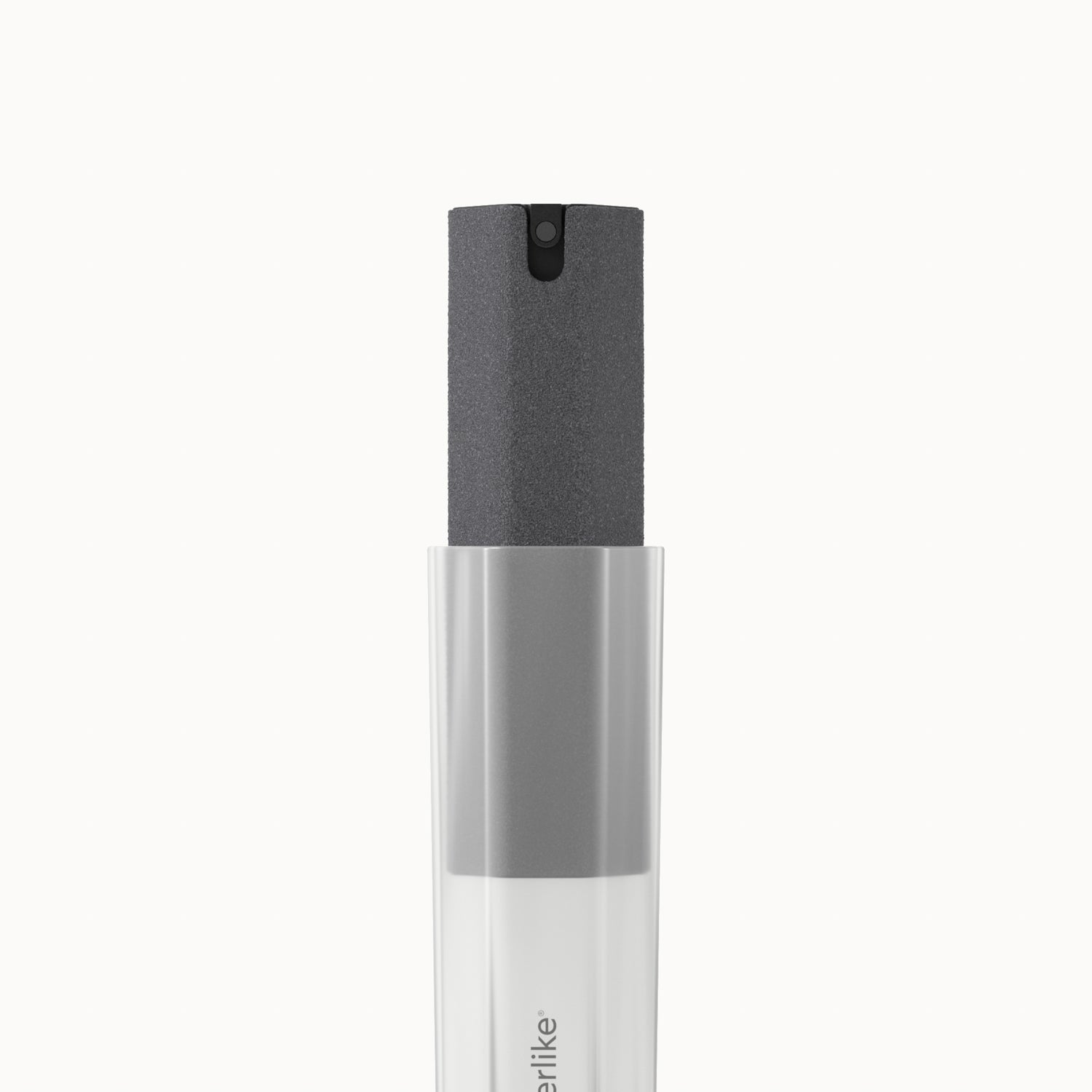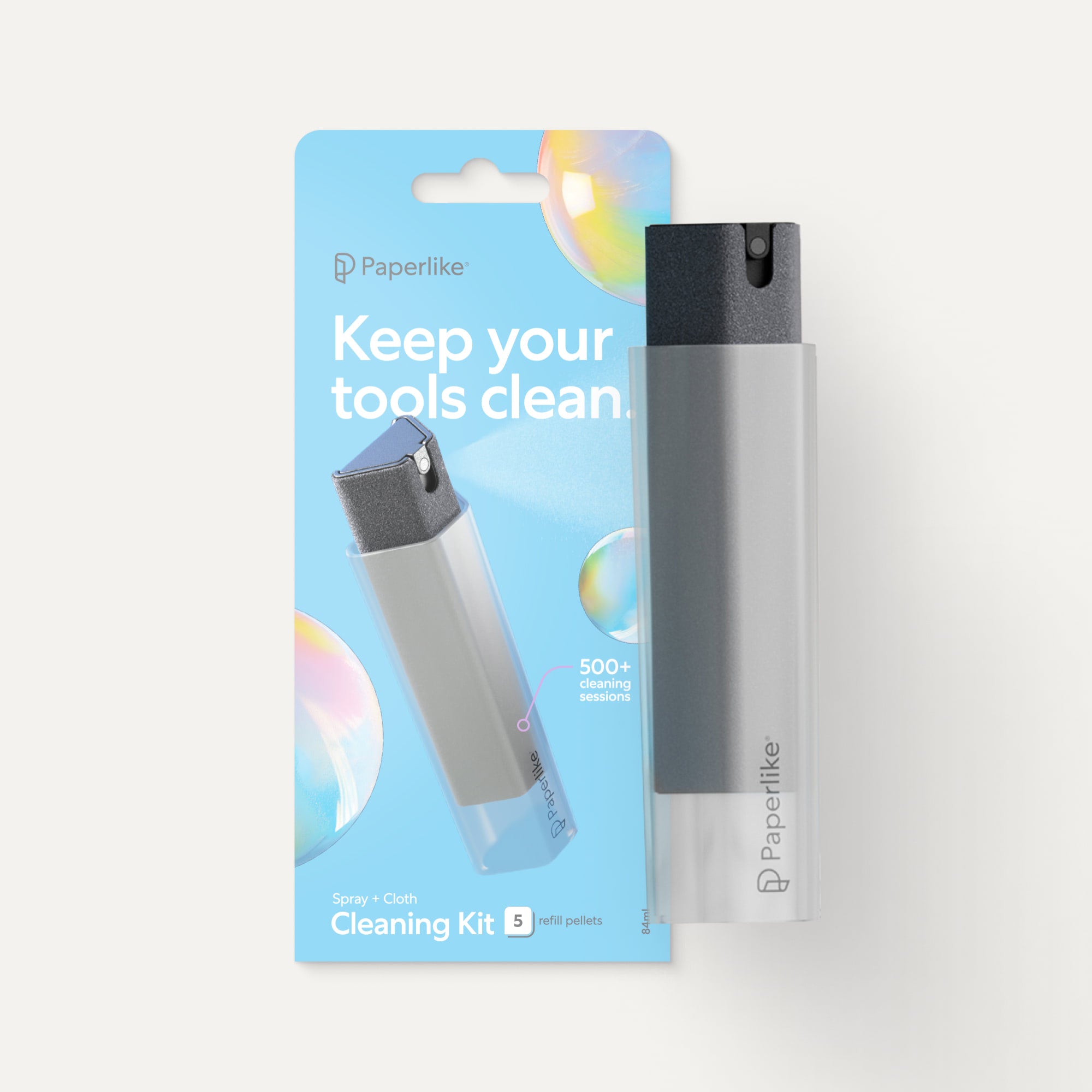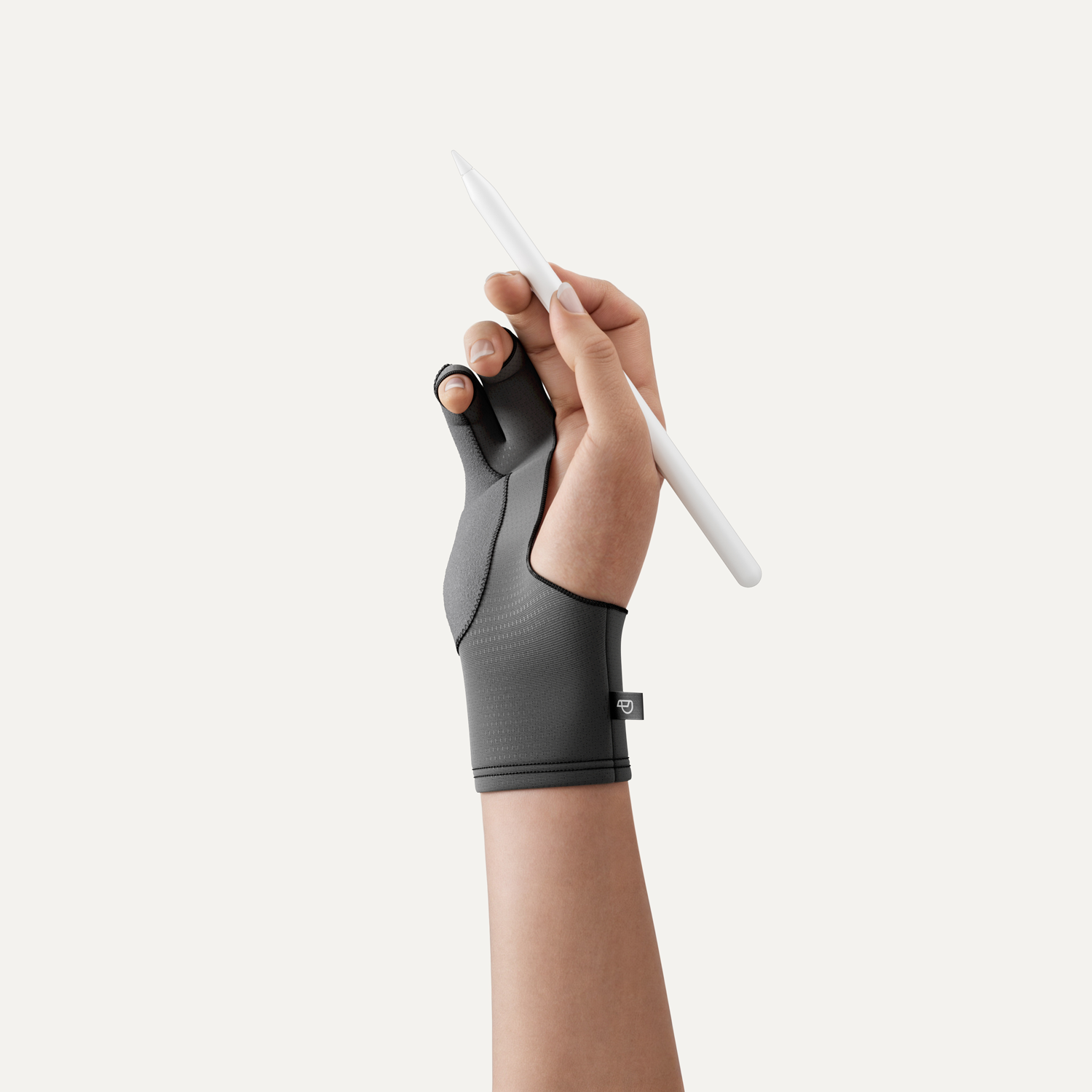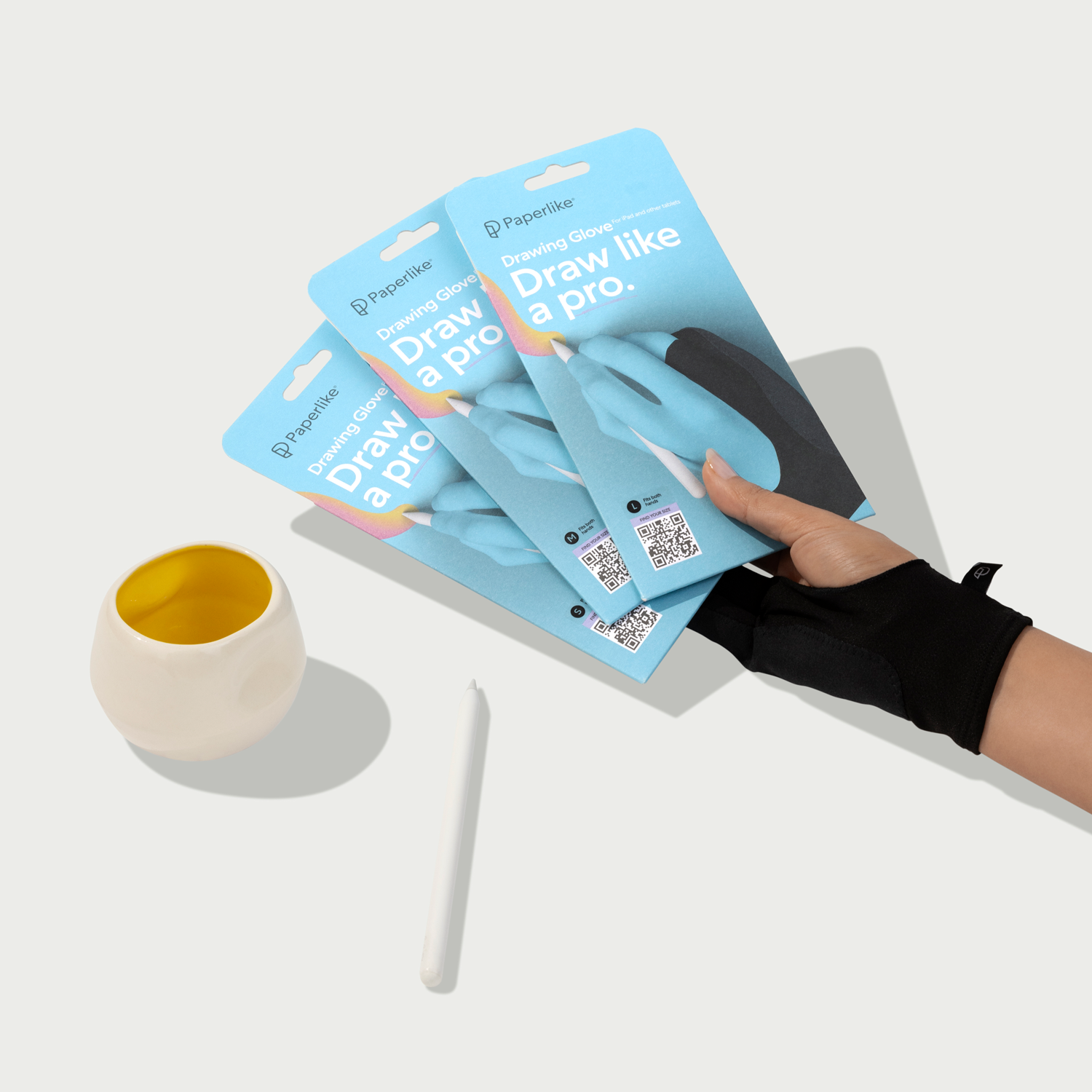With the digital movement in full swing, it’s easy for paper to get a bad rap. It’s old school; it’s analog; it’s antiquated. And, with the arrival of emerging digital technologies, it’s something that we can leave behind.
For Dr. Thomas Roedl, also known as Tom Solid, the problem isn’t the paper; it’s the process. Because paper is a physical object, it’s often incompatible with our digital workflows.
That drive for productivity and efficiency, especially in the corporate world, drove Tom to found the Paperless Movement and create a community of like-minded individuals who want to break away from paper and embrace a fully digital workflow.

A corporate process
While many of the artists we interview are seeking to break out of the corporate world so that they can have free reign to create at will, Tom often finds himself leaning into it.
Four years after earning a doctorate in biochemistry and molecular biology from the University of Salford back 2013, Tom started working for a big Swiss-based pharmaceutical company. He found the team processes inefficient and created a task manager and digital ticketing system that the team could use to improve efficiency.
The result was a 60% boost in team performance, something that drew the notice of upper management and quickly earned him reassignment to the IT department.

Since then, Tom has worked to improve processes and build more efficient systems — not only for his company but for anyone who wants to increase their own productivity.
“If I know from my experience, I can help them improve their workflow. That’s what I do in my day job,” Tom said.
For Tom, going paperless was a big part of that process. It’s something that he had to do for himself before he could help others succeed.
Going paperless
Tom finally managed to go break free of paper in 2017. While he had considered the possibility in the past, the technology didn’t seem viable. In fact, Tom doubted that digital technology would ever completely replace his paper notebook.

“I always had an iPad and things like that,” Tom explained. “I always tried using a stylus, but it never worked because you get a latency issue and it never feels natural.”
All of that changed when he attended a big data conference in 2017. During the event, he saw another attendee working only from an iPad Pro and an Apple Pencil.
“I asked her if I could test the Apple Pencil,” he said. “Two days later, I had an iPad Pro.”
At the time, Tom had a YouTube channel showing viewers how to use music production equipment. On a whim, he uploaded a video about note-taking apps and integrations for the iPad Pro and immediately noticed that the video gained more traction than the rest of the content on his channel.
“When I uploaded the very first video in September of 2017, I saw there was a lot more traction to this video than to others,” Tom said. “I thought, ‘Okay, I’ll get a green screen and give it a try.”
At the time, Tom had no designs on capturing a specific audience or becoming an expert on paperless productivity, but as his channel gained traction and the community grew, Tom did what he does best: He leaned into it and tried to improve the video production process.
Founding a movement
While Tom started producing more paperless videos for his online audience, he also began to see the inefficiencies of paper in the corporate world.

“When I went paperless, I remember that my line manager was walking around with a lot of paper notebooks because she had different categories and projects she was working on,” said Tom.
Insights like that helped Tom figure out his audience. He realized quickly that most of the paperless content available for consumption was focused on students and staying productive in class. But Tom wanted to draw on his own experience and speak to an audience that he knew.
Coming from the corporate world, he realized that there wasn’t anyone out there producing content for executives and corporate managers that could help them become more efficient.
To that end, Tom created a digital journal to help business people stay efficient. He even wrote an ebook on paperless note-taking leveraging his personal insights and knowledge, as well as stories from the paperless community across the globe.
Those unique content pieces helped Tom position himself as an expert on paperless productivity and set him up to help others streamline their own personal processes.
Personalized productivity
Tom’s content has helped thousands of individuals adopt a paperless lifestyle, but Tom maintains that finding the best productivity solution is a very personal process that can be frustrating at times. Often, it’s a personal journey that someone has to discover for themselves.
“I would never recommend that someone read a book and then do what they said in the book,” Tom explained, pointing out his own struggles with David Allen’s Getting Things Done. Though the book made sense, Tom found that he couldn’t stick with the process once he implemented it.
Tom explains: “I always thought it was my fault, but it wasn’t. David Allen was talking from his experience and his work area where everything fits, but you have to make it specific for yourself.”

Once Tom figured that out, he started looking for ways to help others stay productive in their own way and connected that with his drive toward paperless productivity.
“The easiest transition to go paperless is to convert what you’re already doing and the workflows you’re already using into a digital device,” he said.
Unfortunately, Tom says that technology often requires adaptation. It’s rarely a simple A-to-B process.
Digital tablets are just reaching the point where it’s possible to write and take notes using the same motions that you’d use when writing in a notebook. Until now, there has always been an intermediate step in the workflow: Typing on a keyboard.
That, Tom notes, is a problem for some users. They have to learn to break away from the keyboard and re-learn what they were doing before to find success. They have to step backward in order to move forward.
Even then, it’s not always a straightforward process. Some tools are more efficient for one task than for another or — in the corporate world — some apps may be restricted. In any case, Tom believes that the needs of the user should determine how they approach a paperless lifestyle.
“I focus on telling people to think about first what they do daily,” he said. “If you’re an artist, obviously you’re drawing a lot. And if you’re drawing most of the time, an iPad is the thing to go to. But if you have to do a lot of Word documents, you might be more efficient using your laptop.”

Those insights and lessons are things that Tom has learned throughout his own paperless journey, and it’s why he has moved to position himself as a productivity coach for paperless enthusiasts everywhere.
If you want to know more about Tom, you can find him over at the Paperless Movement, where he provides tips and insights for his Inner Circle members. He also releases productivity-related content on YouTube, Instagram, and Twitter. Check out his work and join the #PaperlessMovement on social media.


